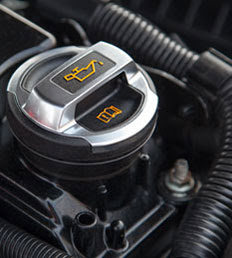A solar conduit is a type of closed channel or passageway meant for protecting wiring systems that run through them. It defends against electrical hazards and shields the system for its entire lifetime. In short, it refers to plastic pipes that hols the wirings of a solar electric system.
How are Solar Conduits Manufactured?Extrusion profiles in Melbourne are one of the most commonly deployed techniques of manufacturing plastic items. Implementer of this technique popularly and unanimously opine that the process effectively delivers the products that were so desired by them.
Specialists use a wide range of raw plastic items, such as PVC profiles, and thermoplastic polyurethane for the extrusion process. Some consumers consult with their reputable and certified manufactures to achieve co-extruded profiles with a varying range of plastics. Professionals press melted plastic through a tool named die, to offer customized shape.
The plastic extrusion method has earned badges for effectively and efficiently using raw plastic items for mass-producing complex shapes in a continuous profile. Multiple commercial enterprises possess the specialization in heat shrink, spiral wrap, and solar conduit. Most recognized businesses in the field proffer services across a wide range of industries.
Efficiency of Plastic Extrusion Process
The process has also earned merits in delivering satisfactory customization. This greatly owes its success to skilled manufacturers' ability to fulfill an extensive array of specific requirements. The moulding procedure helps create products from the constant cross-section, such as PVC pipes, straws and rain gutters.
Heat is often used to melt raw, virgin or recycled plastic and make new products. A few common plastic extrusion outcomes include – plastic fences, tubing, thermoplastic coatings, piping, and sheeting. Manufacturers often combine this moulding procedure with an extensive array of materials, such as ABS, nylon, PVC, nylon, and much more.
Since the cross-sectioning remains the same, the procedure offers bulk production in a lesser time span. Another benefit is the ability to perform minor alterations at the last hour.
The most incredible merit of the process is that it can produce plastic items of complex shapes in high volumes. Proficient manufacturers often combine the extrusion process with other moulding practices to obtain a wide array of products. It offers flexibility with the consistent cross-sectioning process.

